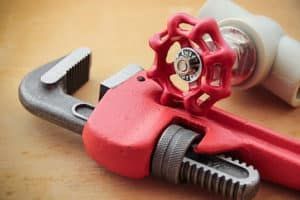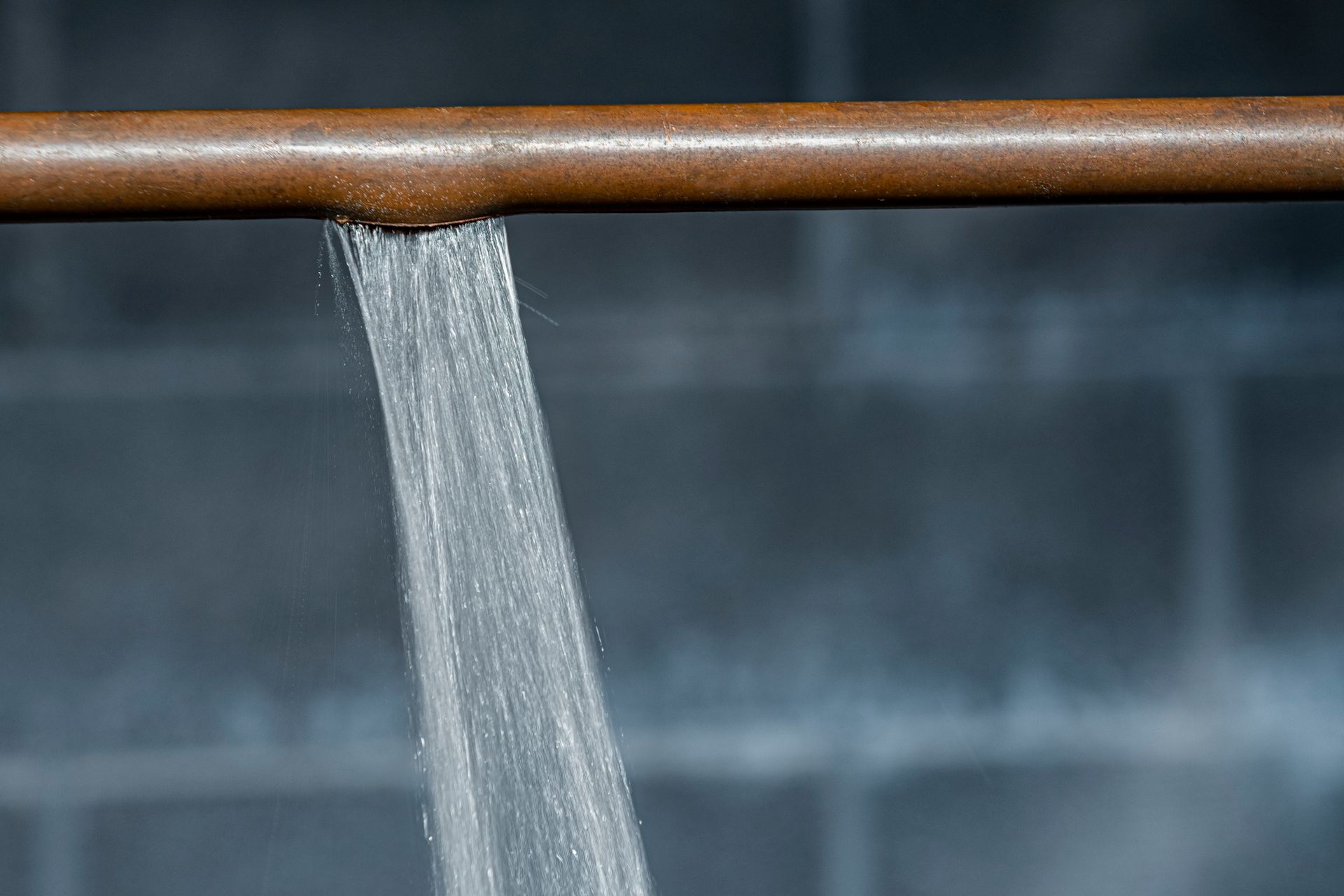5 Signs You Need a Sillcock Replacement

Access to an outdoor faucet on the exterior of your home comes with many advantages, such as easy access to water for gardening or to clean items like bikes and lawn mowers. The main spout of an exterior water access point is known as a Sillcock. This outdoor faucet is also referred to as a spigot, spicket, or hose bib. A Sillcock connects to your main water line. Unfortunately, outdoor conditions can change the way the Sillcock works.
If you feel like your Sillcock has not performed correctly or is in need of a repair, then look for some key signs. You may have noticed the signs in the past and ignored them, but the issues could lead to bigger problems with your home’s plumbing. Check out some of the signs to watch out for, and learn when you should call a plumber for a Sillcock replacement.
1. Water Leakage
One of the main signs to look for is water leakage. Even just a small drip leak could lead to major problems for your plumbing. You could waste a lot of energy through your water pump and raise your water bill if you pay for city water. Check for drip marks on the area underneath the spout.
When you fully shut the spout off, see if additional water still leaks from the Sillcock. If you have a hose connected to the Sillcock, completely remove the hose so you will know if the leak comes from the spout itself or just some leftover water in the hose.
A Sillcock replacement will feature tighter valves and prevent leaks. Wasted water adds up over time, even with just a small leak.
2. Tight Water Spout
A Sillcock faucet should turn with ease to access the water and to shut the water off. If you have to put extra strength into the process, then you may have a worn Sillcock. You shouldn’t need to turn hard until the water suddenly turns on.
The valves that sit inside the Sillcock may have worn or suffered from deterioration over years of use. Dirt and debris can build up inside the faucet and make it harder to turn. Even when you adjust the faucet, the changes you make may not have an impact on the tightness due to internal parts. A replacement Sillcock will feature a smoother operation.
3. Loose Movements & Instability
In some cases, you may notice the Sillcock feels loose. The loose feeling may not come from the faucet handle but the Sillcock as a whole. The Sillcock should not jiggle or move out of place as you turn the hose on or off. If the Sillcock is loose, then the connection point may not have a secure attachment, or some of the internal components have issues.
A plumber can investigate the connection points of a Sillcock and the exterior mounts on the home. In some cases, you may need a new Sillcock, and in other cases, you may need mount repairs to keep the Sillcock stable.
4. Cold Weather Damage
Over the winter months, your Sillcock could suffer freeze damage that results in cracks to the Sillcock. You may not notice the damage until the summer months when you use the hose more frequently. The visible damage will change the way the Sillcock operates. A hose may not connect correctly. Water may spray out in multiple directions or leak inside your home (basement) or garage.
In most cases, the Sillcock probably froze and then suffered damage as it thawed out again. When damage occurs, a replacement Sillcock offers the best solution. A plumber can install a Sillcock that does not freeze up in cold or frosty weather. The added protection will prevent damage and can handle all seasons of weather.
The protection runs through the whole Sillcock, so you do not need to worry about freezing on the internal parts of the Sillcock as well.
5. Dirty Water
When you go to use your outdoor spout, you may notice the water is not clear. Murky water may look unpleasant and have an odor. First, you need to rule out the condition of your hose and see if the murky water comes straight from the Sillcock. Fill a bucket with water straight from the spout, and look at the color.
If murky water appears present, then you could have a crack in the Sillcock that dirt or debris has gone into. In some extreme cases, plants may have pushed their way through the crack and influenced the appearance of the water. After a full inspection, a plumber will replace the Sillcock and test the water to ensure the output is clear again.
Make an appointment with us at Jim Dhamer Plumbing and Sewer, Inc. , at (630) 964-2222 to have your Sillcock inspected and replaced if needed. A replacement part will last for years and our experienced technicians will install the Sillcock correctly and check out all of the exterior water access points on your home.
The post 5 Signs You Need a Sillcock Replacement appeared first on .
Leave A Reply
More Posts









